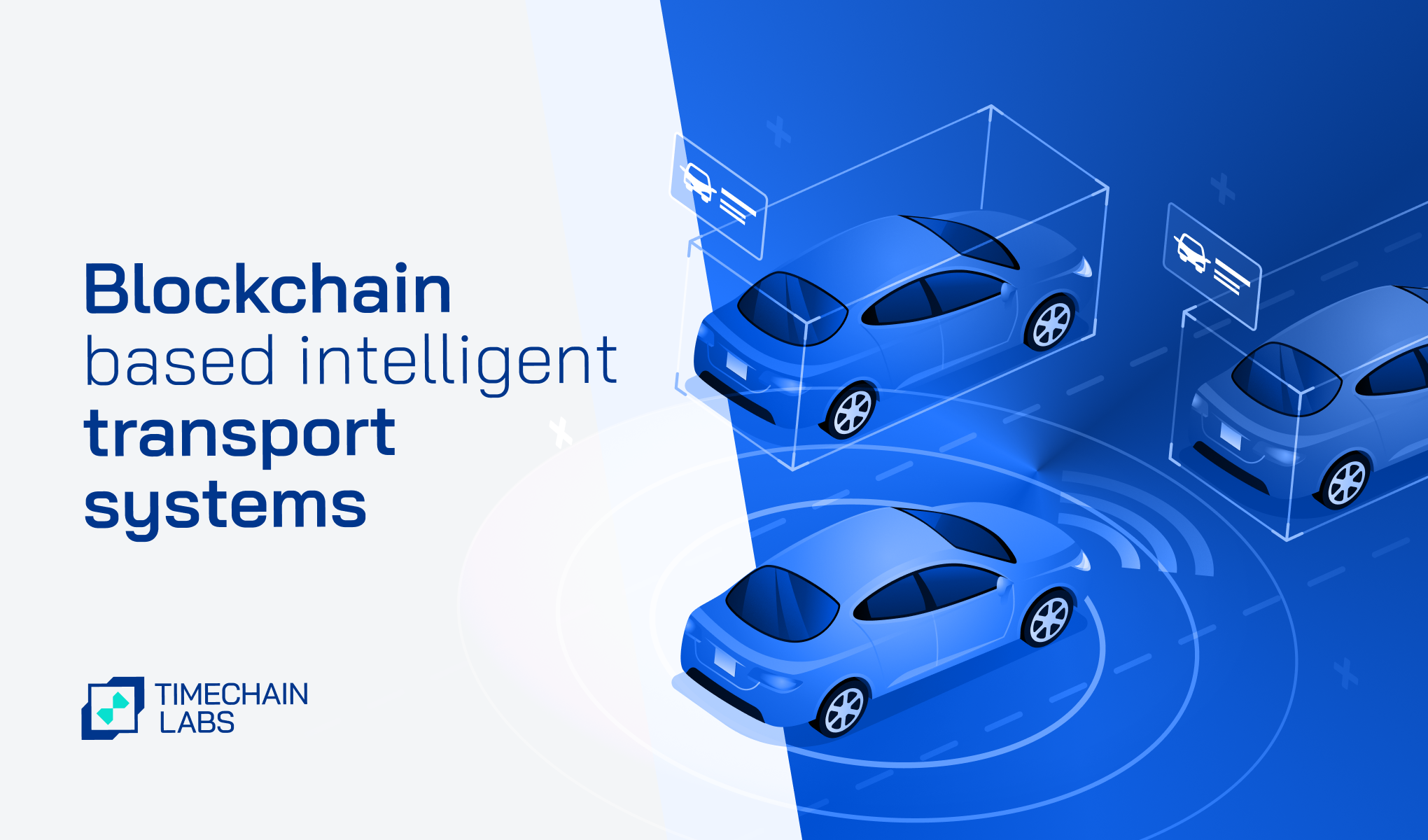With cities getting busier and technology advancing rapidly, transportation systems face increasing challenges. Traffic congestion, inefficient public transport, and security concerns are just a few of the issues that need innovative solutions. Intelligent Transport Systems (ITS) have emerged as a key approach to tackle these problems, using technology to enhance transportation efficiency, safety, and sustainability.
ITS involves the integration of advanced communication technologies into transportation infrastructure and vehicles. This integration allows for real-time data collection and analysis leading to more informed decision-making and improved traffic management. However, as ITS grows more complex, the need for secure, transparent, and efficient data handling becomes paramount.
This is where blockchain technology comes into play. Blockchain, with its decentralized and immutable nature, offers a robust framework for enhancing ITS. By combining ITS with blockchain, we can revolutionize the way transportation systems operate, making them more secure, transparent, and efficient.
This blog explores the transformative potential of blockchain-based intelligent transport systems, highlighting real-life examples and envisioning future possibilities.
How Blockchain Can Help Intelligent Transport Systems:
Blockchain technology is secure, decentralized, and transparent, making it a great fit for ITS. Here are five ways blockchain can make a big difference:
- Better Data Security and Privacy:
Blockchain keeps data safe. In ITS, data from sensors, cameras, and other sources can be securely stored on a blockchain. This makes sure the data is tamper-proof and only accessible to the right people, improving security and privacy.
- Easy and Clear Payment Systems:
Blockchain can simplify payment systems in ITS, making transactions clear and efficient. Whether it’s tolls, public transport fares, or ride-sharing, blockchain enables seamless and secure payments without middlemen.
- Decentralised Traffic Control:
Traditional traffic control relies on centralised systems, which can slow things down. Blockchain allows for a decentralised approach, using data from various sources to manage traffic more effectively.
- Improved Supply Chain Logistics:
ITS can greatly benefit supply chains by providing real-time tracking and visibility of goods. Blockchain ensures every step in the supply chain is recorded on an unchangeable ledger, reducing fraud and increasing efficiency.
- Automated Vehicle-to-Everything (V2X) Communication:
As self-driving cars become more common, secure communication between vehicles and infrastructure is crucial. Blockchain can facilitate secure V2X communication, ensuring trustworthy data exchange.
Real Life Use Cases:
- Singapore's Smart Nation-
Singapore is using smart technology for city development. Their Smart Nation initiative uses blockchain to secure data across ITS applications, protecting traffic patterns and commuter details.
- Estonia's Public Transport System-
Estonia has a blockchain-based payment system for public transport. This system allows real-time transactions and reduces the hassle of managing payments, giving commuters a smooth experience.
- IBM's Traffic Solution in Dubai-
Dubai has teamed up with IBM to create a blockchain-based traffic management system. This system uses real-time data to optimize traffic flow, reduce congestion, and improve road safety.
- Walmart's Supply Chain-
Walmart uses blockchain to enhance its supply chain logistics, tracking products from origin to shelf. This has improved the efficiency and transparency of Walmart’s operations.
- Toyota's V2X Platform-
Toyota is exploring blockchain for V2X communication. The platform aims to create a secure environment for data exchange between self-driving cars and traffic systems, enhancing safety and efficiency.
Challenges and Solutions:
While blockchain technology holds great promise for transforming Intelligent Transport Systems (ITS), several challenges must be addressed to realise its full potential. Here are some of the key challenges and their potential solutions:
Scalability Issues
Blockchain networks, especially public ones, often face scalability issues. As the number of transactions increases, the time and computational power required to process these transactions can become a bottleneck, slowing down the entire system. Potential Solutions include Layer 2 solutions, sharding, and consensus algorithm improvements.
Integration with Existing Infrastructure
Integrating blockchain technology with existing transport infrastructure can be complex and costly. Legacy systems may not be compatible with blockchain, requiring significant modifications or replacements. Potential Solutions include Pilot projects, interoperability solutions, and collaborative efforts.
Regulatory and Compliance Considerations
Blockchain technology operates in a decentralised and often borderless manner, which can create regulatory and compliance challenges. Different jurisdictions may have varying regulations regarding data privacy, security, and transaction validation. Potential Solutions include Engagement with regulators, compliance frameworks, and standardisation efforts.
Data Privacy Concerns
While blockchain provides enhanced security, its transparent nature can raise data privacy concerns, especially when sensitive information is involved. Potential Solutions include Permissioned blockchains, data encryption, and zero-knowledge proofs.
Conclusion:
Blockchain-based intelligent transport systems can change how we move by improving security, transparency, and efficiency. From securing data and simplifying payments to optimising traffic and supply chains, blockchain in ITS is paving the way for a smarter future. Real-life examples show the value of this technology, and it’s clear that blockchain will play a key role in the future of transportation.
The promise of blockchain in ITS is becoming a reality. As cities and companies continue to explore and use blockchain solutions, we can expect a future where transportation is safer, more efficient, and smarter.
